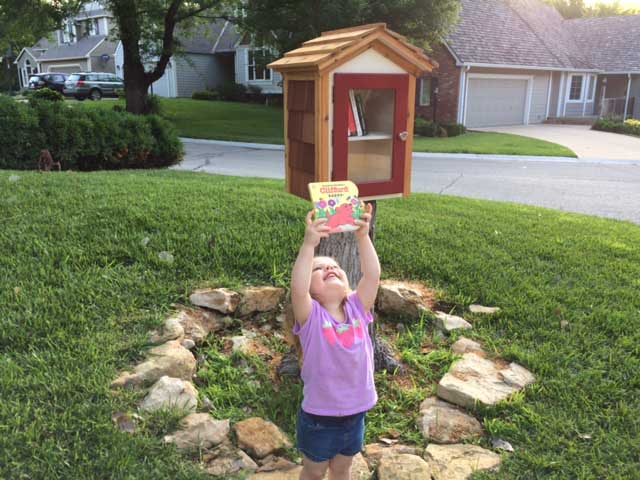As we celebrate 10 years of Little Free Library book exchanges, we’re reminiscing about a decade of surprising, inspiring, and sometimes-bizarre bits of Little Free Library lore. Here are 10 facts you might not know about the Little Free Library network.
1. There are Little Free Libraries in all 50 states, in 91 countries, and on every continent except Antarctica.
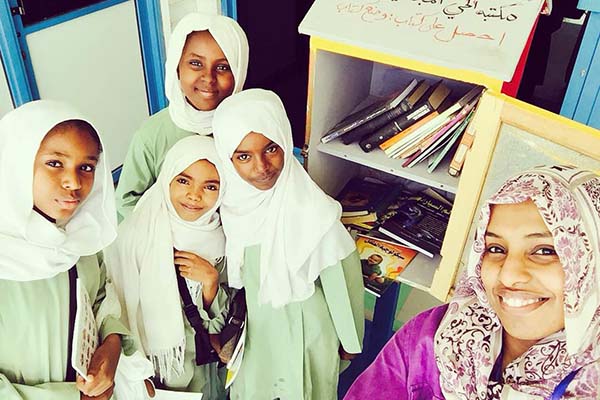
You can find Little Free Libraries in places as far-flung as Argentina, Bermuda, China, Denmark, Egypt, France, Ghana, Haiti, Iraq, Japan, Kyrgyzstan, Laos, Mexico, Netherlands, Oman, Portugal, Qatar, Russia, South Africa, Taiwan, the UK, Venezuela, and Zambia. (We’re missing a “Y” country . . . anyone in Yemen thinking about starting a Little Free Library?) Pictured above is steward Malaz Khojali, who recently won a Todd H. Bol Award for Outstanding Achievement for her work increasing book access in Sudan.
2. The first Little Free Library was created as a memorial.
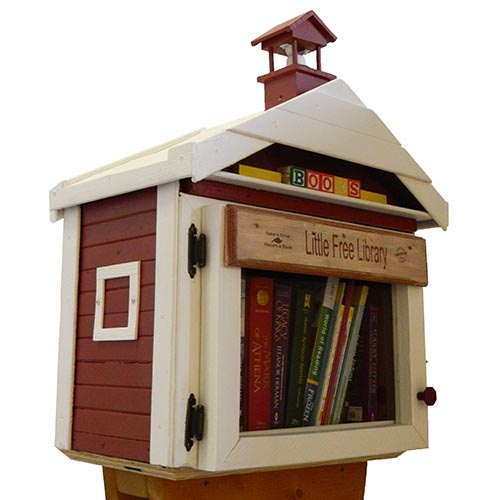
Todd H. Bol built the first Little Free Library in 2009, as a tribute to his mother who had passed away. Today thousands of people have used Little Free Libraries to remember a loved one or honor a special person in their lives.
3. One Little Free Library was carved from the stump of a 110-year-old tree.
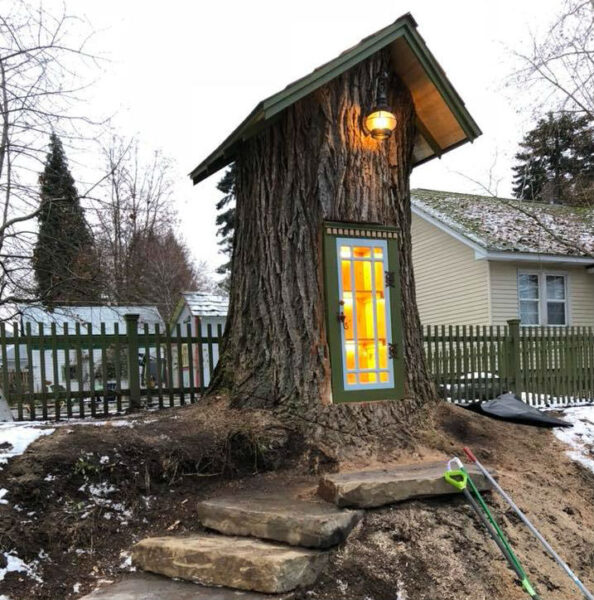
When an aging cottonwood tree needed to be removed from her front yard in Coeur d’Alene, Idaho, Sharalee Armitage Howard transformed it into an amazing Little Free Library. Photos of the Library have gone viral online.
4. More than 120 million books have been shared in Little Free Libraries worldwide.
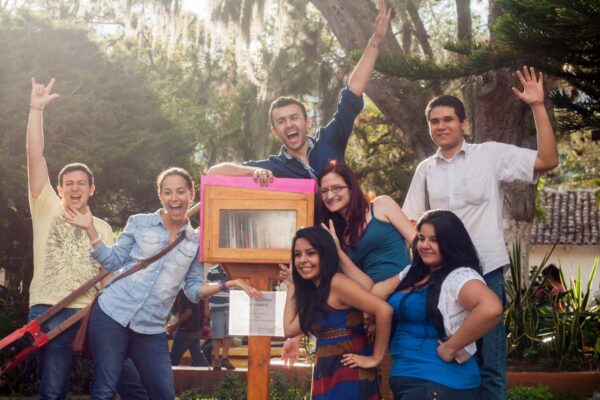
Research repeatedly shows that having lots of books at home helps kids become better educated, well-adjusted adults. By sharing a book in a Little Free Library or starting one of your own, you’re helping to increase book access for all!
5. There is a Little Free Library book-sharing box at the Library of Congress.
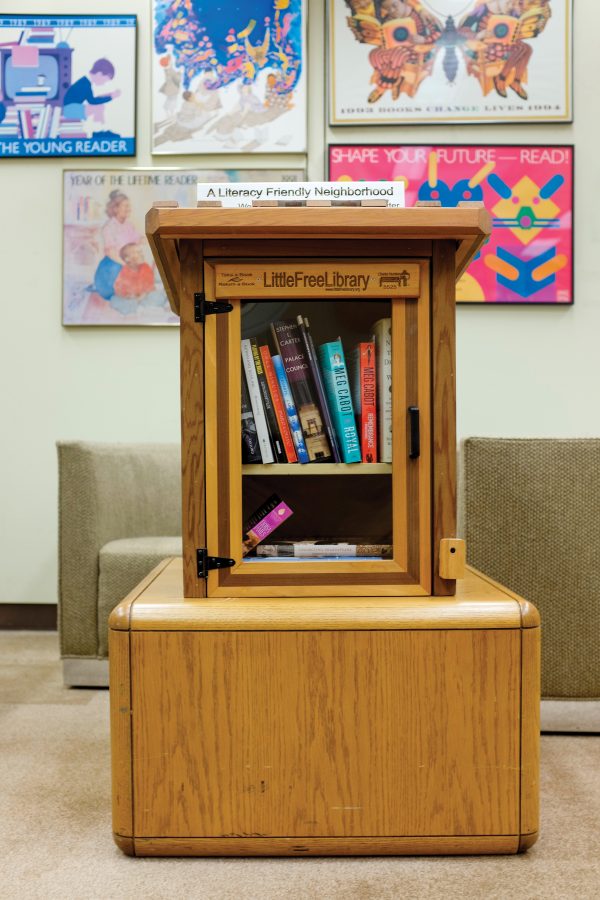
Even the country’s largest library is enamored by the Little Free Library book-sharing network. This Little Library stands in the Library of Congress’s Center for the Book. (Photo by Shawn Miller.)
6. Many Little Free Libraries are crafted by Amish carpenters.
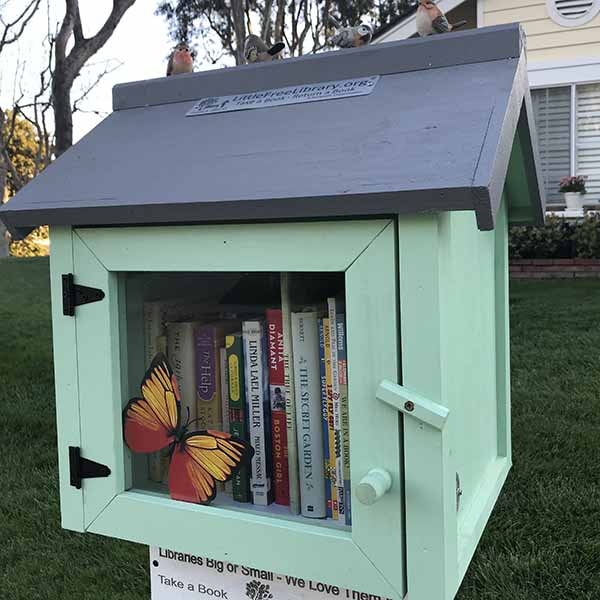
When you purchase a Little Free Library from the LFL nonprofit organization’s online store, chances are it was created by an Amish craftsperson in the Upper Midwest. One of the most prolific Little Free Library builders is an Amish man named Henry Miller—no relation to the author of Tropic of Cancer.
7. There are three Little Free Libraries for every public library in the United States.
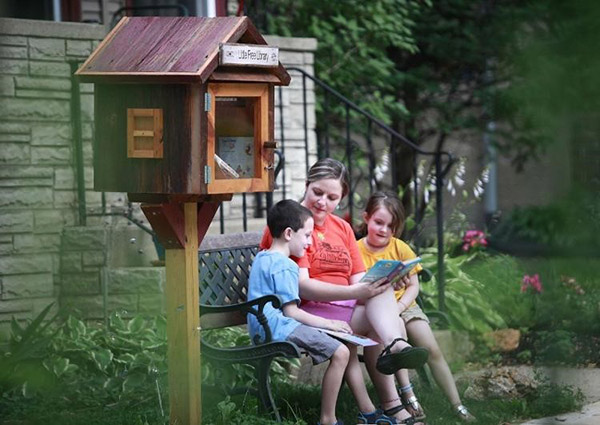
According to American Libraries, Little Free Libraries outnumber public libraries three to one. The magazine notes that many public libraries use Little Free Libraries to “complement and expand existing library offerings” and reach farther into the community.
8. Little Free Libraries were almost called “Habitats for Humanities.”
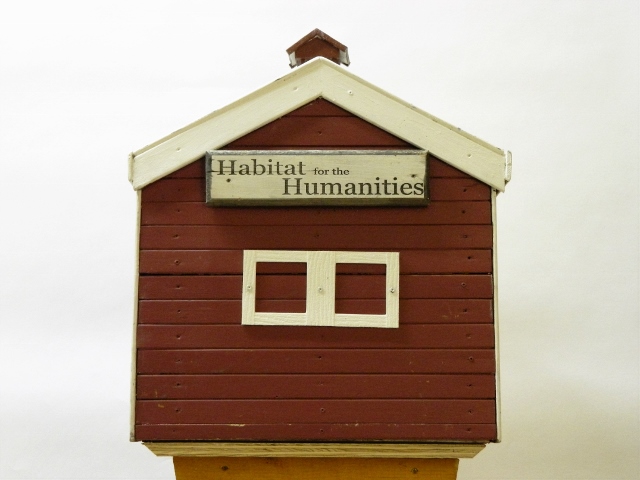
We don’t think “Habitats for Humanities” has the same ring to it, do you? This name was on the list when Todd Bol and Little Free Library co-founder Rick Brooks first began talking about what to call their little boxes of books.
9. The 75,000th Little Free Library was given to a school where 32 languages are spoken.
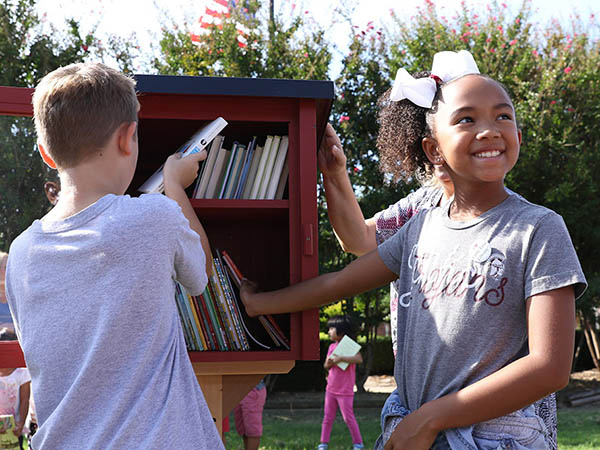
Jenks East Elementary in Jenks, Oklahoma received the book-sharing box through the Impact Library Program, a donation-fueled initiative that provides Little Libraries to high-needs communities.
10. Not all Little Free Libraries stand still.

Little Free Libraries can be used on city buses or wheeled from classroom to classroom in an elementary school. But one of our favorite examples of how Little Free Libraries can go mobile is when they are mounted on bikes! This example is called the Remarkable Bookcycle and is operated by author Jane Green.

